Napata, new home in ancient lands
We Built This City is a limited series of photo essays by The Continent on African cities. This week, we are in Napata with Mogtaba Kanary.
Words and photos: Mogtaba Kanary
Khartoum was once my home. Fleeing the horrors of war there, I sought refuge in the calm of a village whose people humbled us with their kindness and generosity, despite their modest means. What surprised me even more was that they knew me and my lineage, even though they had never seen me.
The journey of displacement became, for me, an exploratory adventure.
I was in an ancient capital of the Kingdom of Kush: a countryside that stretches from barren desert to lush fields and orchards; from the enchanting Nile to the towering Jebel Barkal.
At first glance, the area’s most famous feature, Jebel Barkal, appears to be just an ordinary natural formation. But after meeting friends connected to the field of archaeology, I came to understand the true value of this flat-topped butte with stunning views of the Nile and the desert. Located in northern Sudan, near the town of Karima, the small mountain is one of the most important archaeological landmarks in Sudan.
In both ancient Egyptian and Kushite civilisations, Jebel Barkal was regarded as sacred. It was believed to be the birthplace of Amun, God of the Sun, King of all Gods. At its base lies the ruins of Napata city, an ancient religious and political centre whose temples and pyramids date back to the Kushite period. Unesco formally designated Jebel Barkal and Napata a World Heritage Site in 2003.
Napata was founded in the 15th century BC by Thutmose III, the fifth pharaoh of the 18th Dynasty of Egypt, making it the southernmost point of Egypt at the time. But political instability in ancient Egypt would lead the region to regain its autonomy, with the Kingdom of Kush founded in 1070 BC around Napata as the capital. Its Kushite elite even conquered the northern lands to rule Egypt for nearly a century (744 to 656 BC) as its 25th Dynasty. All five pharaohs of this Nubian dynasty (also called the Black Pharaohs) are buried in the Nuri and El-Kurru pyramids, 10-20km away from Jebel Barkal.
At Jebel Barkal, archaeological excavation has continued since George Andrew Reisner started excavating in the early 20th century. One of the key activities in the current excavation project is to sift through the large mounds of soil and debris left behind by Reisner, which have negatively impacted the area’s natural landscape.
From these mounds, archaeologists have uncovered several new artefacts that had been previously overlooked, including beads, arrowheads and nails, which were likely used in coffins.





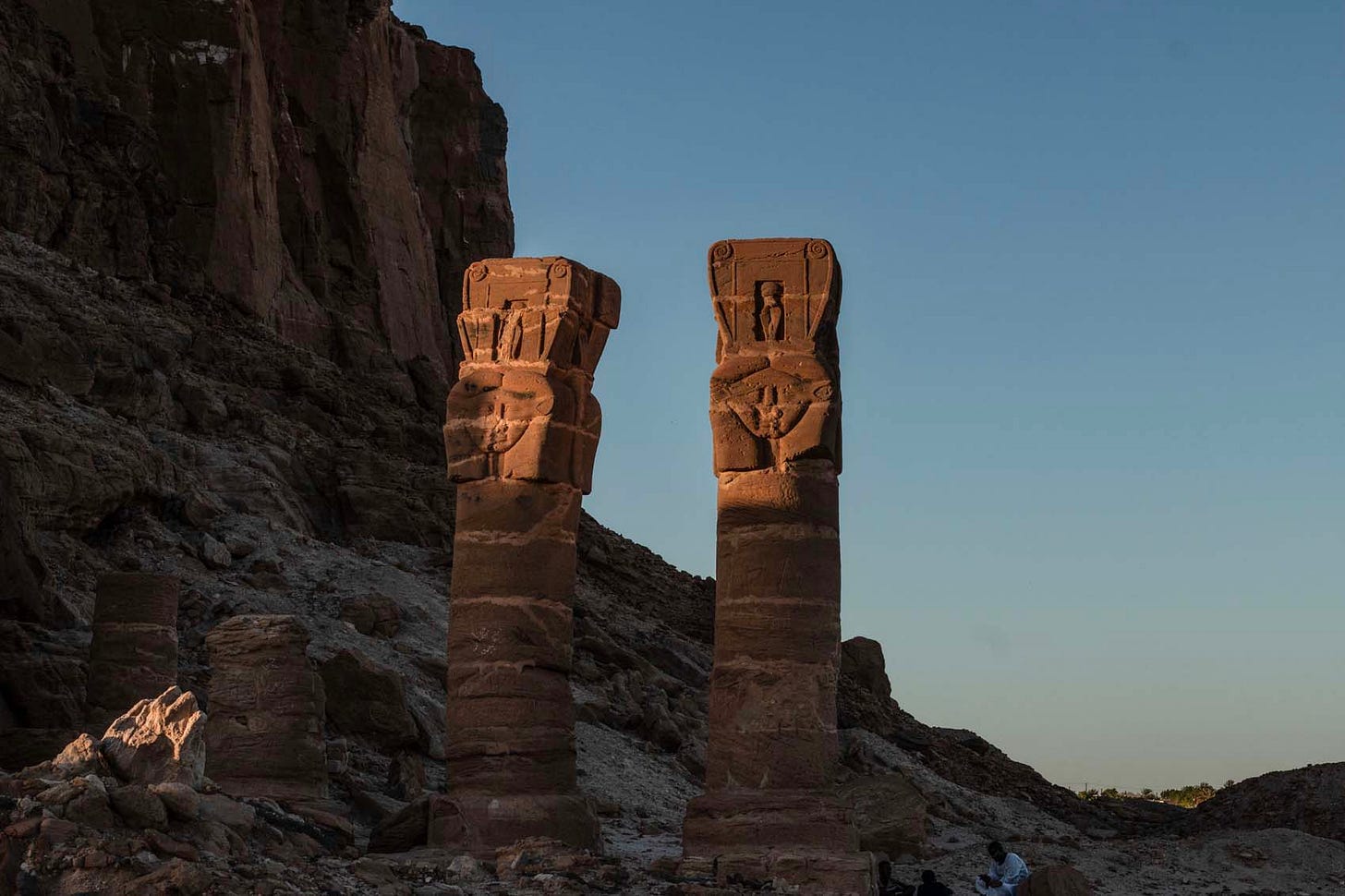
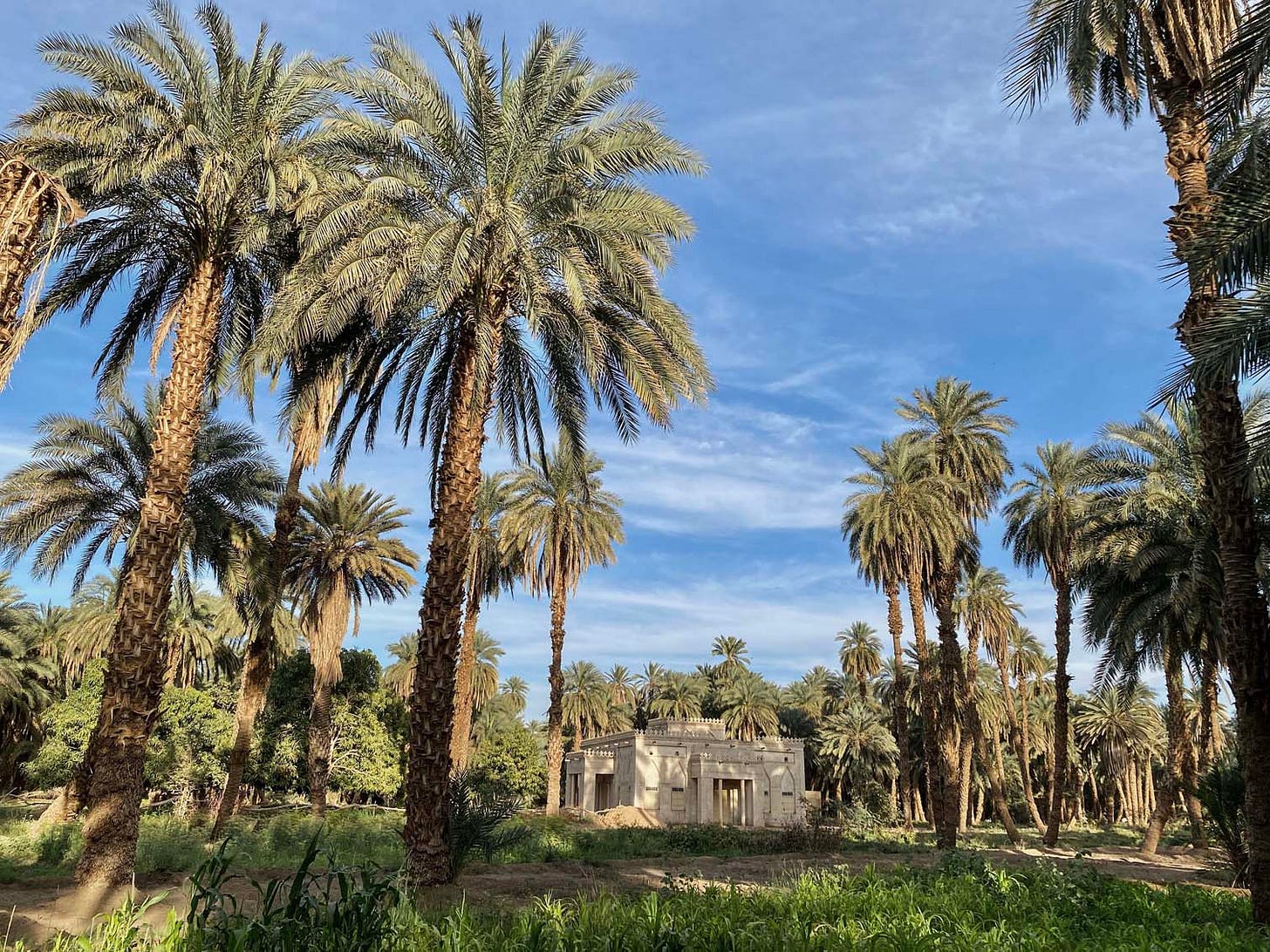

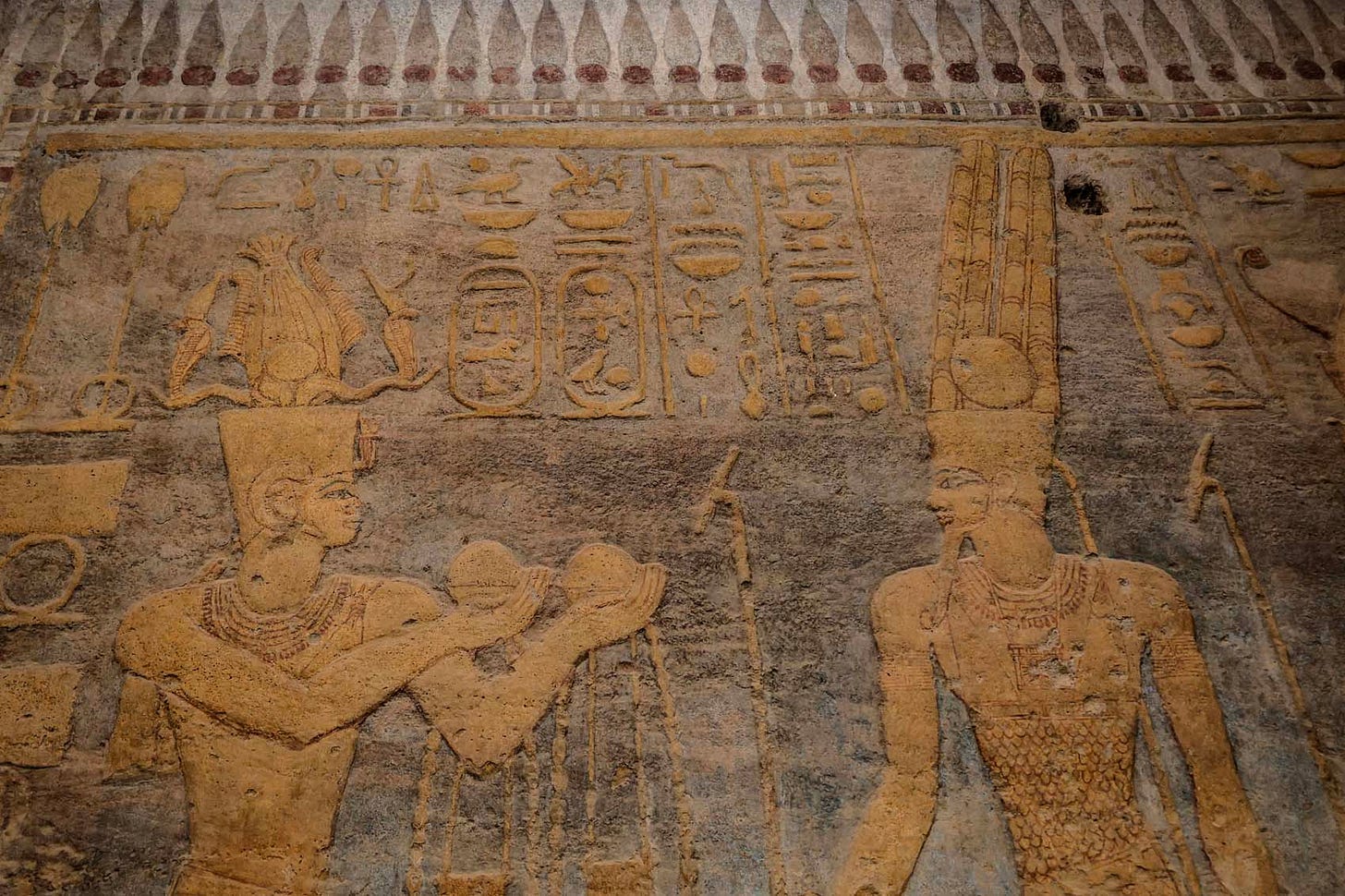
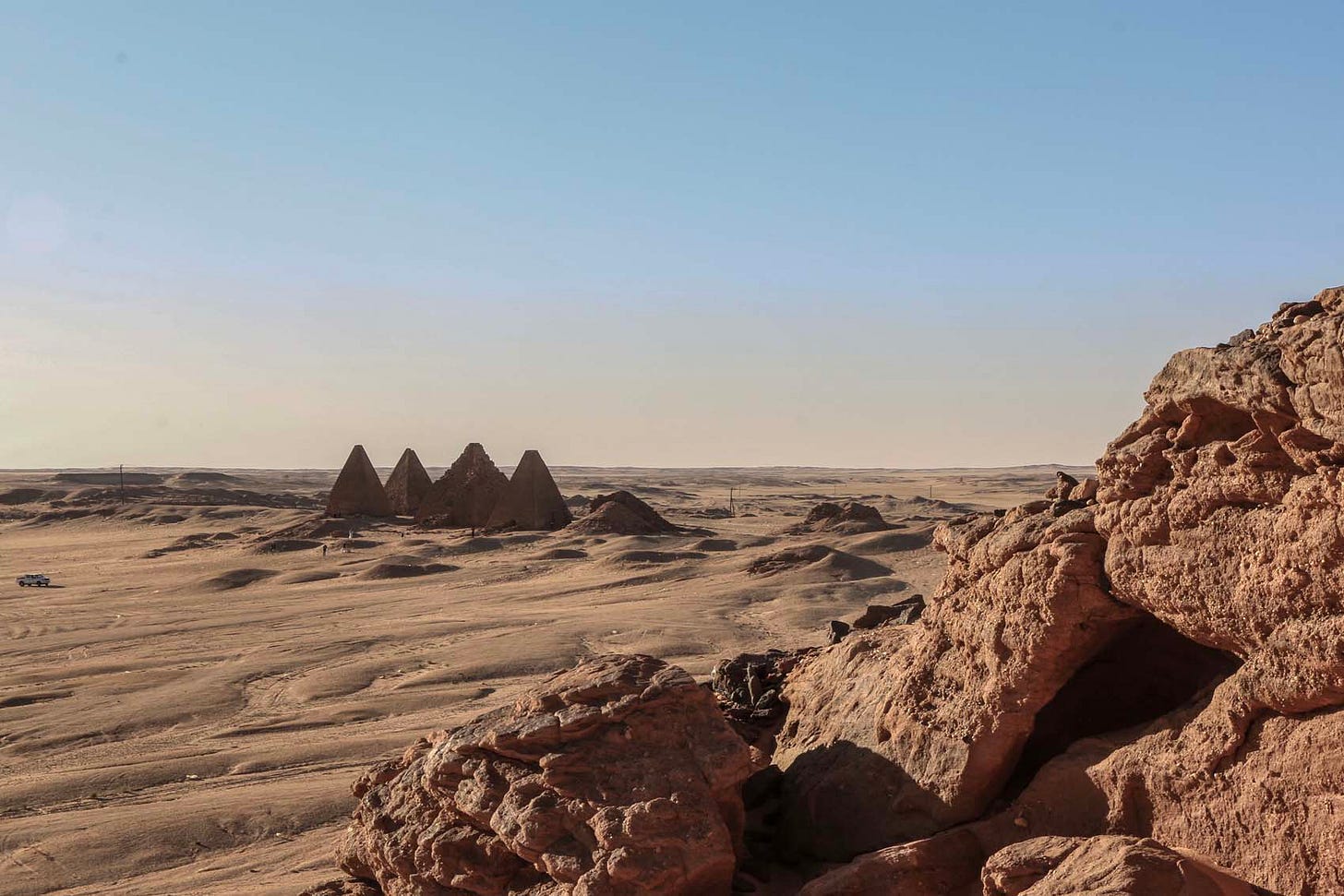


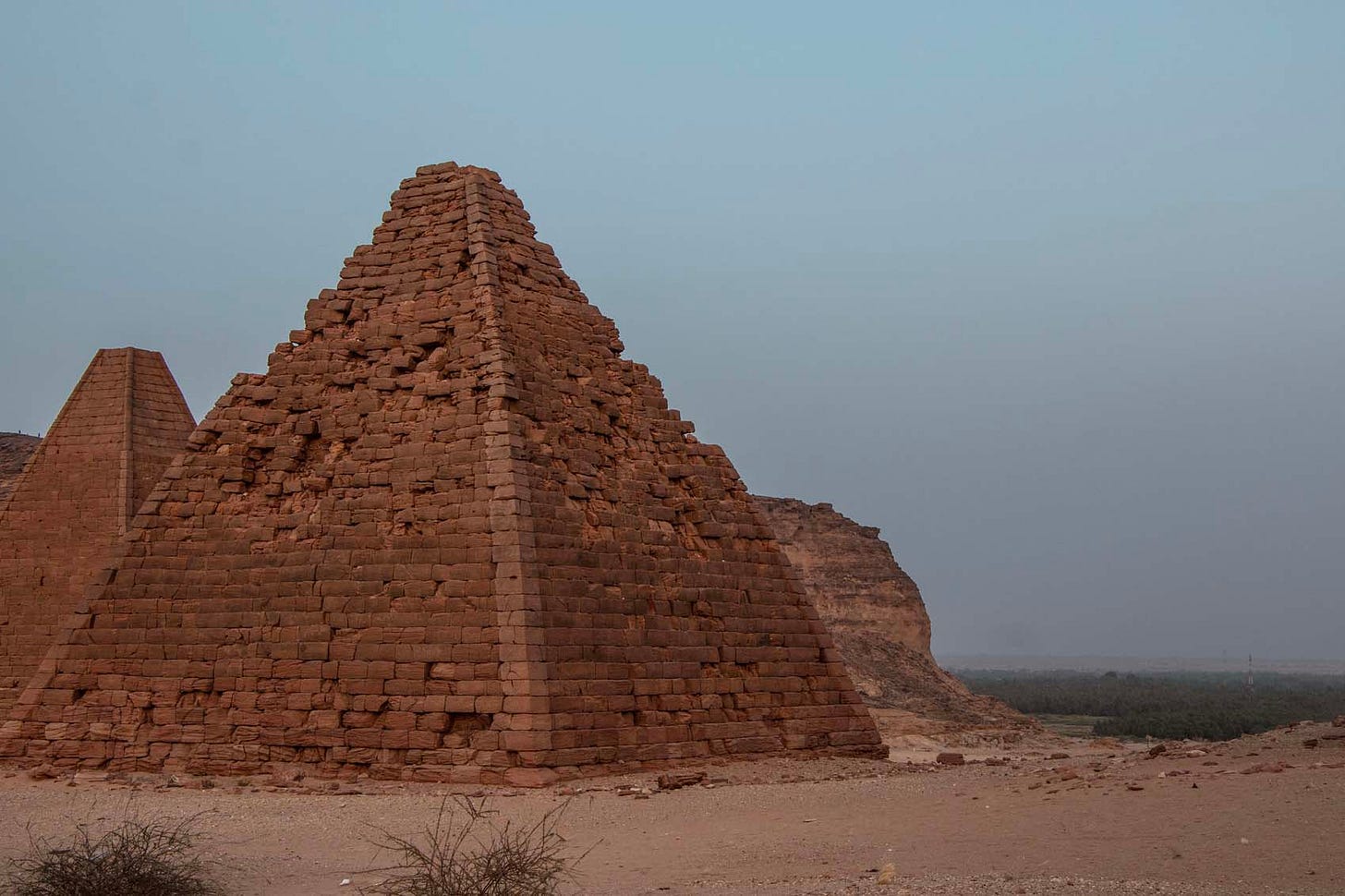

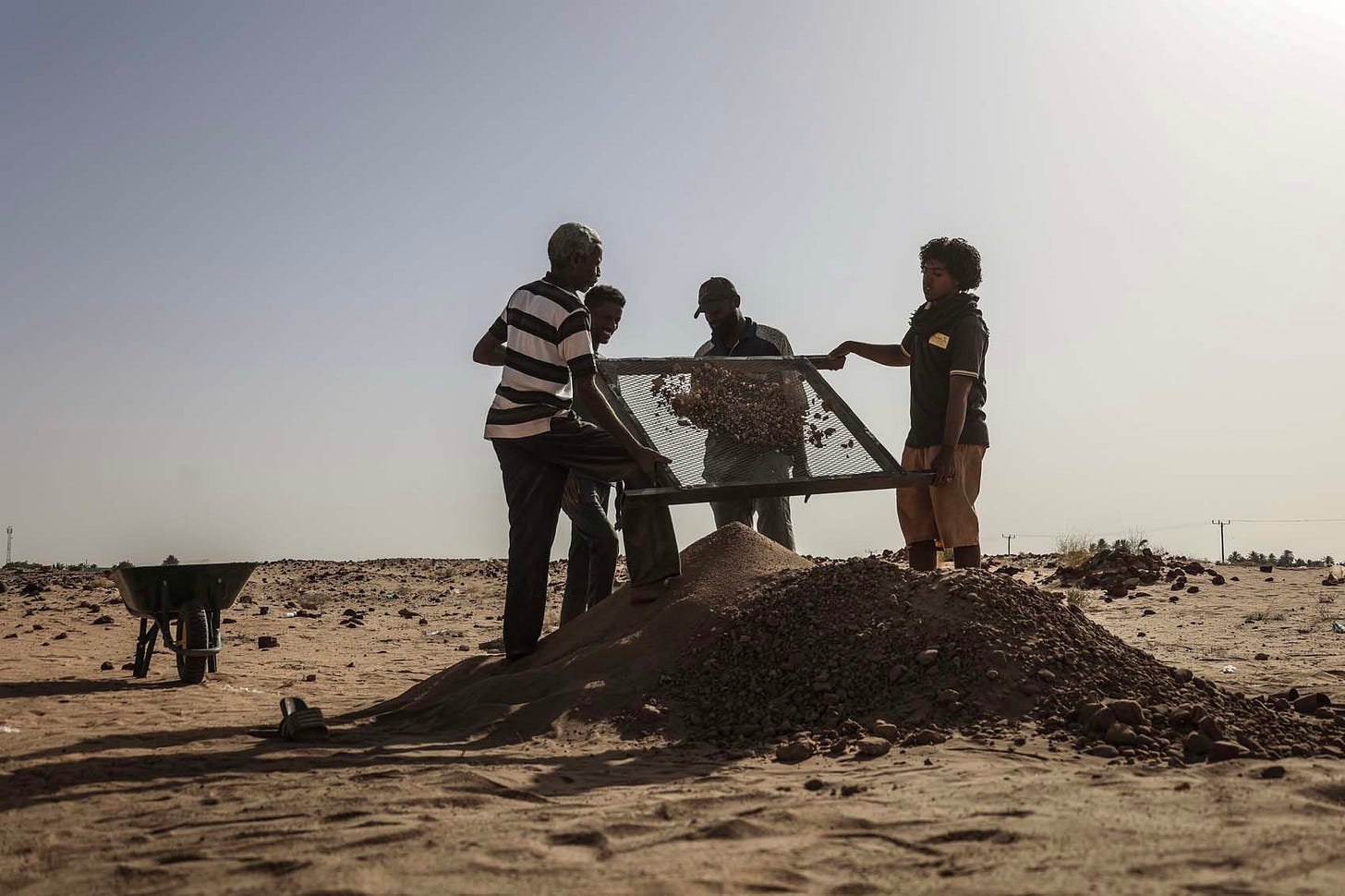

Beautiful!